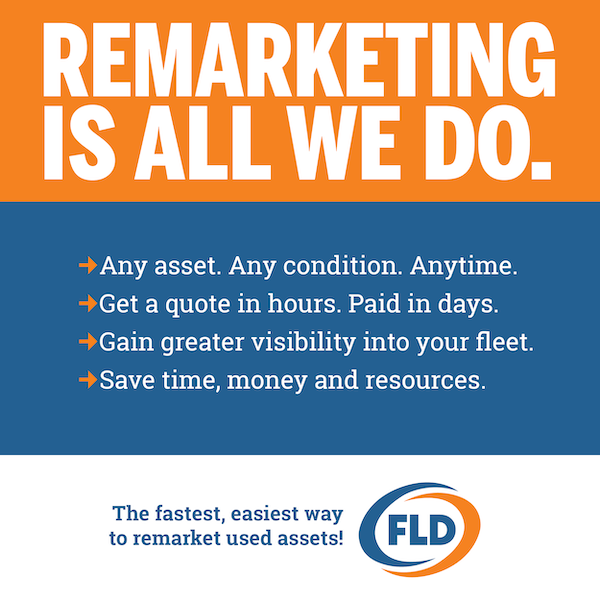
By Mark Boada, Senior Editor
Fleets that assign sedans to individual employees are vastly oversized and could be reduced by 50% by adopting car sharing with no loss of service. So says Julian Espiritu, managing director of Abrams Carsharing Advisors. The 28-year veteran of the car rental and car sharing industries made that remark in a wide-ranging interview with Fleet Management Weekly on the fastest-growing means of obtaining access to an automobile.
Espiritu was one of the pioneers at Zipcar, the world’s largest car sharing company, and since joining Abrams has consulted on dozens of car sharing ventures for business fleets, large and small.
“The old sedan fleet model is to assign a vehicle full time to every employee who needs access to a car,” he said. “And every time I’ve seen a car sharing program adopted in a corporate environment, in a short period of time they find they could have reduced their fleet by half, even if all of their cars are assigned.”
Espiritu says the reason is, just as with privately owned cars in urban environments, most fleet sedans are parked for up to 80 percent of the day. “And I’ll tell you, common sense tells you that when a car is not being used 80 percent of the day, why would you assign a car for the exclusive of one person who uses it so sparingly?”
Company cars are often used as an employee perk or as a means to recruit highly sought-after employees. In these cases, a business that wants to convert from assigned to shared vehicles encounters resistance. “But, quite frankly, it’s a matter of the organization’s profits and losses, and the organizations that convert make it clear that car sharing is a priority for improving the bottom line.”
And, as demonstrated by some of the most publicized car sharing conversions, the savings can be substantial. Espiritu was the leading executive for the New York City municipal fleet’s adoption of car sharing, which it formally adopted in 2009 following a successful pilot program. By 2013, the city announced that it had reduced its combined fleet by 4,000 vehicles – from some 30,000 down to 26,000 – and that it expected to save taxpayers about $415 million by the end of last year.
There are two forms of car sharing available to fleets, Espiritu explained. One has employees reserve vehicles owned by a car sharing company, like Zipcar, Hertz on Demand, or Enterprise Car Share or Car2Go, the four largest operating in the U.S. The other provides access to the vehicles in the business’s own fleet through a software program that both provides drivers with a fully automated, self-serve reservation system and provides management with complete tracking of their vehicles’ usage.
Espiritu says that fleets can obtain the system to manage the sharing of their own vehicles either from car sharing companies or a growing number of companies that specialize in offering the systems. Either way, telematics “black boxes” need to be installed in the fleet’s cars.
But a third source or fleet car sharing tools may be appearing soon: car makers. “Over the past few years, a number of OEMs have entered the car sharing market,” Espiritu said. “They’ve seen what’s happening, and they realize that car sharing is another way that they’re going to be selling cars.” He cited such OEM car sharing programs as GM’s Maven, which has joined Audi, BMW, Ford, Mercedes-Benz, Toyota, Volvo and VW among others in the field.
Futurists like Espiritu have noted that car sharing is going to take away from car maker sales, as consumers realize that sharing vehicles is more cost-effective than owning them. They also cite survey after survey that Millennials – those born between 1981 and 1997, and now the largest segment of the U.S. population – don’t share the same passion for car ownership that prior generations have had.
Espiritu notes that at the moment, OEMs are focusing on the retail market. It’s only matter of time, however, before they will zero in on the fleet market. “Every vehicle manufactured today and for the last 10 years has a telematics device installed by the OEM that can be used in a car sharing program. But OEMs haven’t given car sharing companies permission to use them, at least not yet. They may, but they may do it for a price.”
On the other hand, Espiritu admitted that car manufacturers may keep access to the devices to themselves and eventually offer fleets car sharing programs of their own, either as an adjunct or substitute for purchasing or leasing. “It’s quite possible,” he said, “when they realize that it’s in their interest to offer car sharing before a competitor does.”




